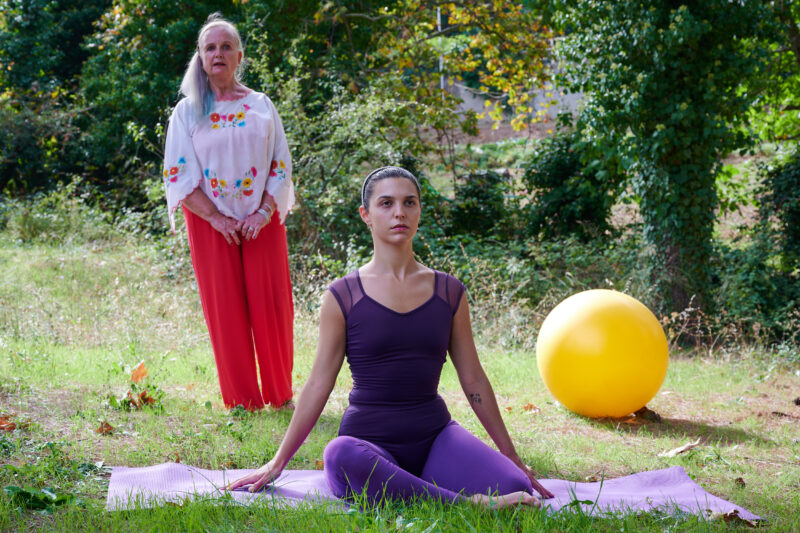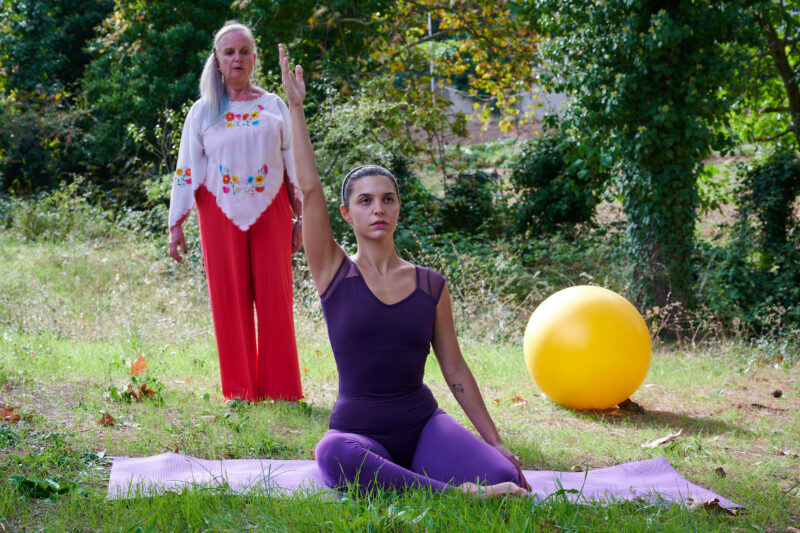Jerome Andrews told we that Pilates referred to the arching of the back as the “Third Spinal Succession” and an arched position as the “Third Position” of the Spine.
Refer to my blogs for detailed descriptions of all the other spinal positions and successions. https://jennycolebourne.com/jerome-andrews-pilates-the-first-spinal-succession/ https://jennycolebourne.com/second-spinal-succession-and-position-for-refined-pilates-and-yoga/ https://jennycolebourne.com/fourth-spinal-succession-the-mermaid/
Pilates believed that a flexible strong spine was healthy. We need to move the spine fully in all directions.
HE CONSTANTLY MOVED BEYOND HIS PERCEIVED LIMITATIONS.
I understood from Jerome that it was required, (especially as a dancer), that he move right to the end of a movement, and then he explored how to go safely beyond that. He constantly moved beyond his perceived limitations.
DEEP WORK TRANSFORMS A PERSON PHYSICALLY PSYCHOLOGICALLY AND SPIRITUALLY

Such deep work transforms a person physically, psychologically and spiritually.
This transformation is not done by forcing and pushing (there is enough abuse in our world) but by a keen awareness of the body, at each moment in time, focus, and detailed, dedicated application of the principals of the method, the technique. Pilates stressed concentration as a key factor. For sure you need concentration, meticulous application and a deep, non judgemental relationship with the body.
TRULY MOVE VERTEBRA BY VERTEBRA BONE BY BONE
As with all the spinal successions it is important to move, truly, not approximately, truly, vertebra by vertebra, bone by bone. If you practice this with awareness you will never injure yourself.
Each succession can be initiated at the tip of the tail, or coccyx, which comes all the way down to the level of the anus. Or it can start from the top of the spine. I think of the bones of the skull as the first vertebrae. This is how it is thought of in cranial sacral therapy. It makes sense, as the brain and the spine are one system, A system embraced and supported by the cerebral spinal fluid.
Depending on the movement the succession goes from top to bottom or bottom to top.
THE FRONT EDGE OF THE SPINE HAS A COMPLETELY DIFFERENT FEEL, DESIGN AND QUALITY

When moving into the “Third Spinal Succession” our focus is on the front edge of the spine. It is important to be aware that the front edge of the spine has a completely different feel, design and quality from the back edge of the spine. It is a different experience. The spaces in between the vertebrae open like fans.
In order to allow this huge opening in the front of the body, the back of the body needs to be soft. It partners the front of the body by narrowing, not be forcing, but rather by surrender.
THE THIRD SPINAL SUCCESSION IS ECSTATIC
An arching movement is ecstatic. Special filming techniques reveal that there are small “explosions” in the chakras at the front of the body. These “explosions” lead to a person being more open. It is not just physically beautiful.
EMOTIONAL RELEASE

I remember quite early on in my career I was teaching a beautiful, professional, contemporary dancer. We had come to the end of class and I asked her to do a relaxation on the Spine Corrector. This exercise involved arching back over the barrel. Suddenly she burst into tears. She cried and cried. Although it was the first time that I had experienced a student having such an emotional release. I knew it was possible, in theory, and here it was happening before my eyes. I knew enough to give her the space to cry. Afterwards she shared with me that although she was very flexible, and a beautiful mover, she had always felt a small area of tightness in the chest. She said that when she did the exercise she felt like an energetic “pop” and burst into tears. It was completely unexpected. After she cryed, the tightness was gone.
You might want to look at this “Down Stretch” video as an example of “Third Spinal Succession”. https://youtu.be/X2kwH1LvnyI





